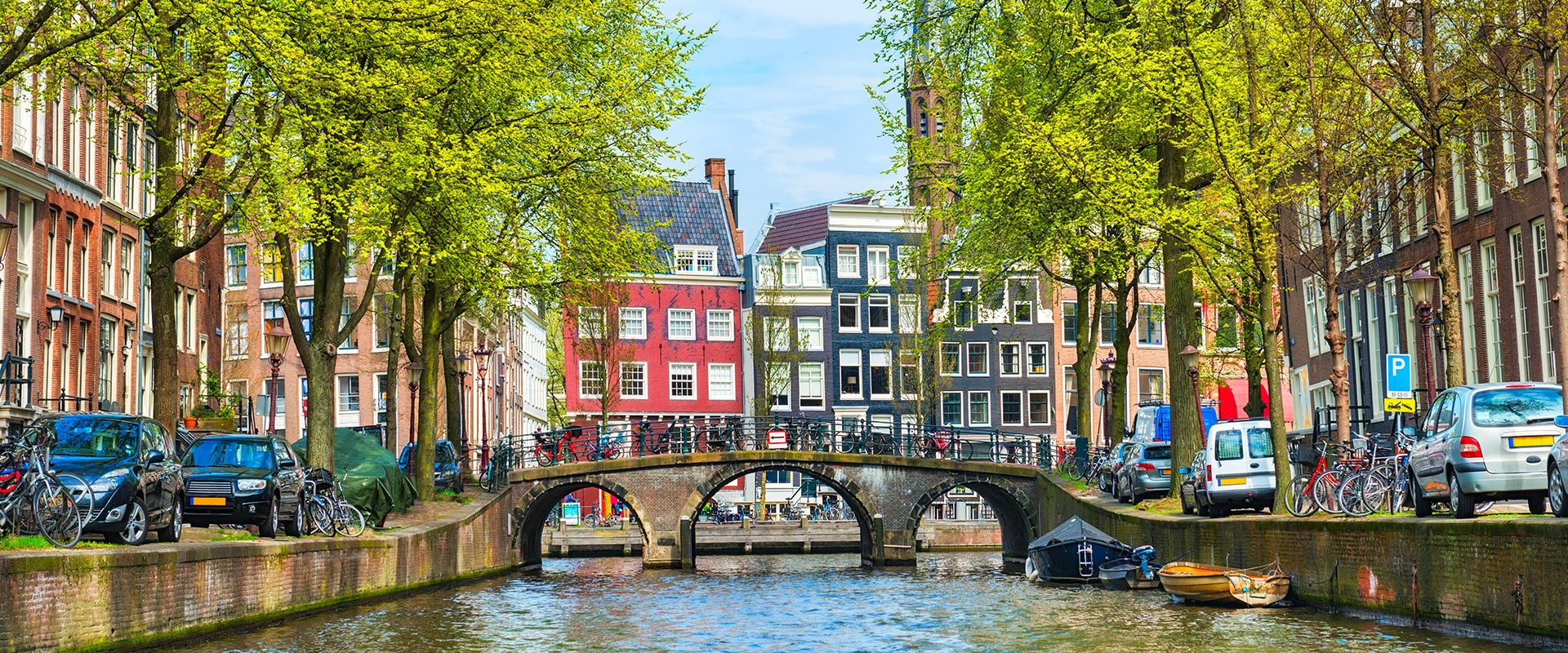
Europe
Board one of our state-of-the-art river ships or explore the continent by rail and experience the charm and glamour of the old world.
Explore MoreTravelmarvel makes holidaying easy, giving our guests the freedom to simply marvel at the world. As a part of Australia’s largest home grown travel company, we deliver a premium experience while offering exceptional value, so our guests can enjoy every journey to the fullest.
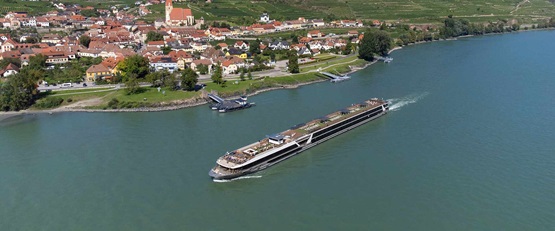
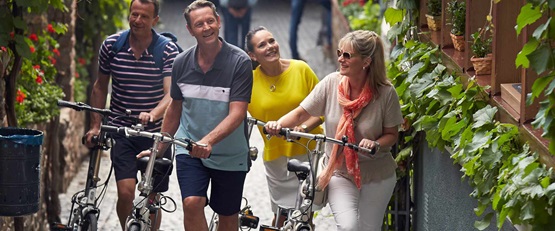


Board one of our state-of-the-art river ships or explore the continent by rail and experience the charm and glamour of the old world.
Explore More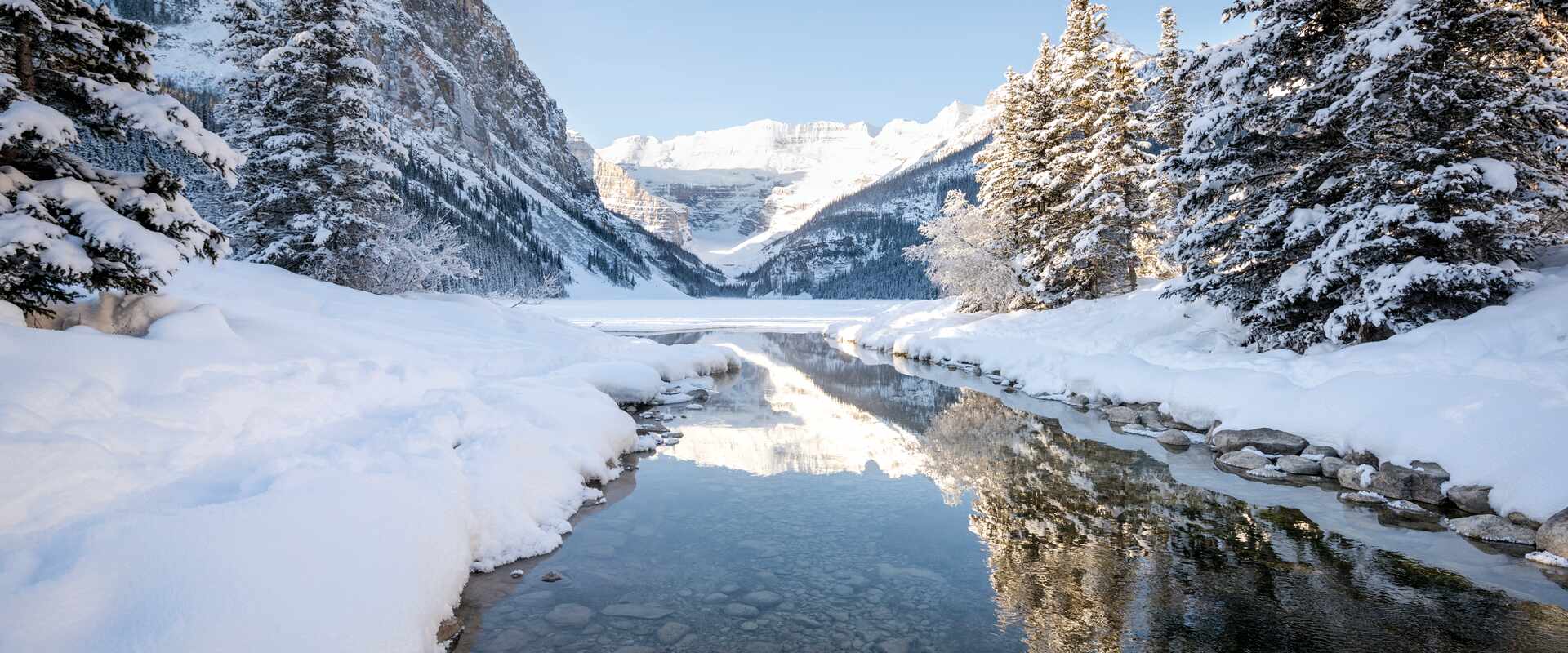
Marvel at the natural beauty and experience the boundless freedom of Canada and Alaska.
Explore More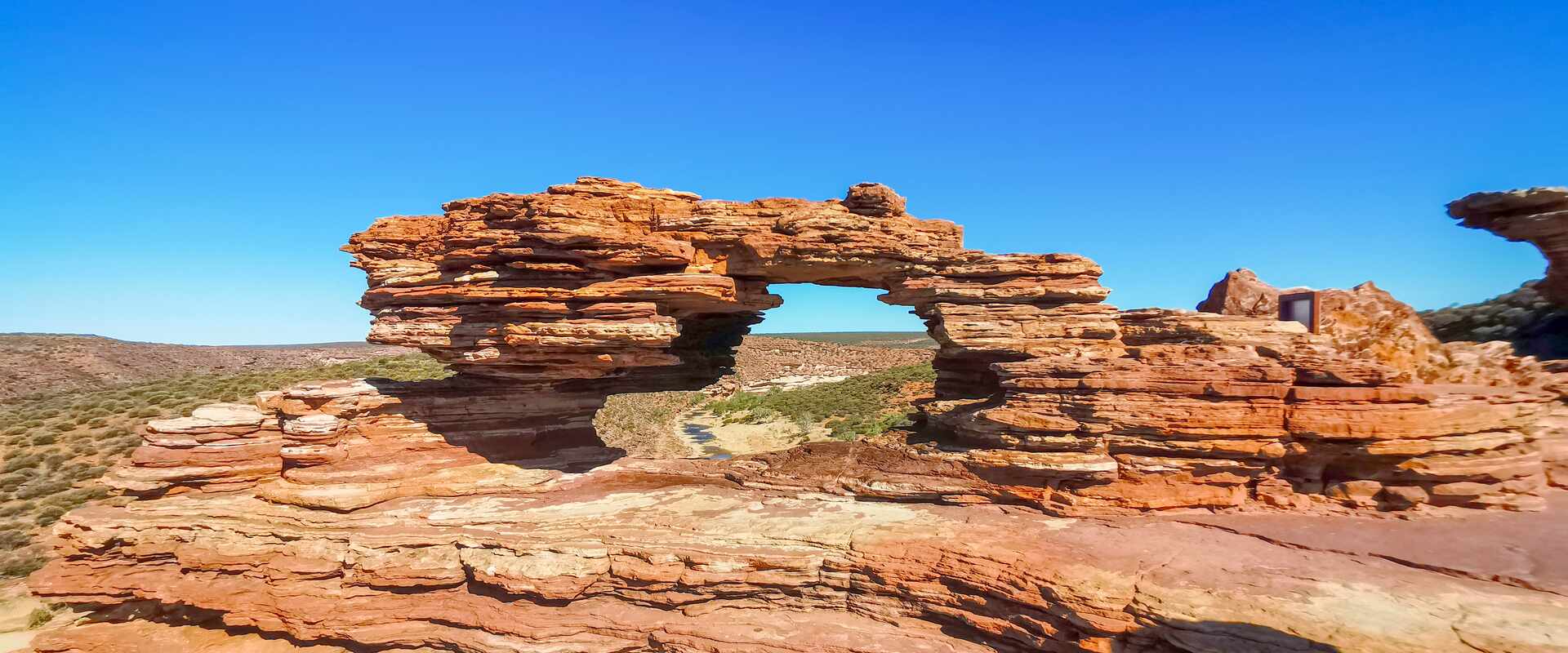
Australia’s great hidden jewel, the Kimberley is a unique region bursting with natural wonders, fascinating historic sites and a rich Indigenous culture.
Explore More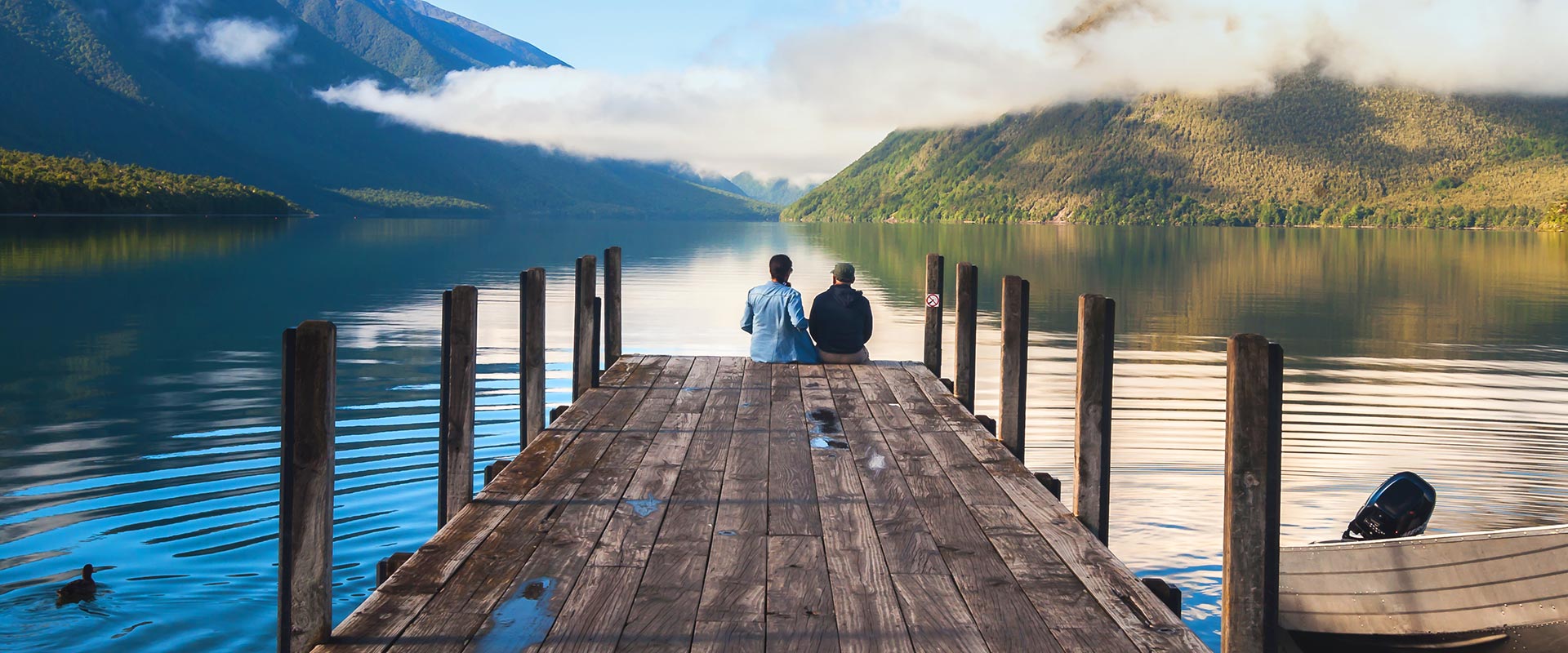
A World of Travel Awaits. Discover the perfect destination at our in-person events. Join our experts, who will guide you through our vast range of touring and cruising holidays.
Meet the Experts
Board one of our state-of-the-art river ships or explore the continent by rail and experience the charm and glamour of the old world.
Explore More
Marvel at the natural beauty and experience the boundless freedom of Canada and Alaska.
Explore More
Australia’s great hidden jewel, the Kimberley is a unique region bursting with natural wonders, fascinating historic sites and a rich Indigenous culture.
Explore More
A World of Travel Awaits. Discover the perfect destination at our in-person events. Join our experts, who will guide you through our vast range of touring and cruising holidays.
Meet the Experts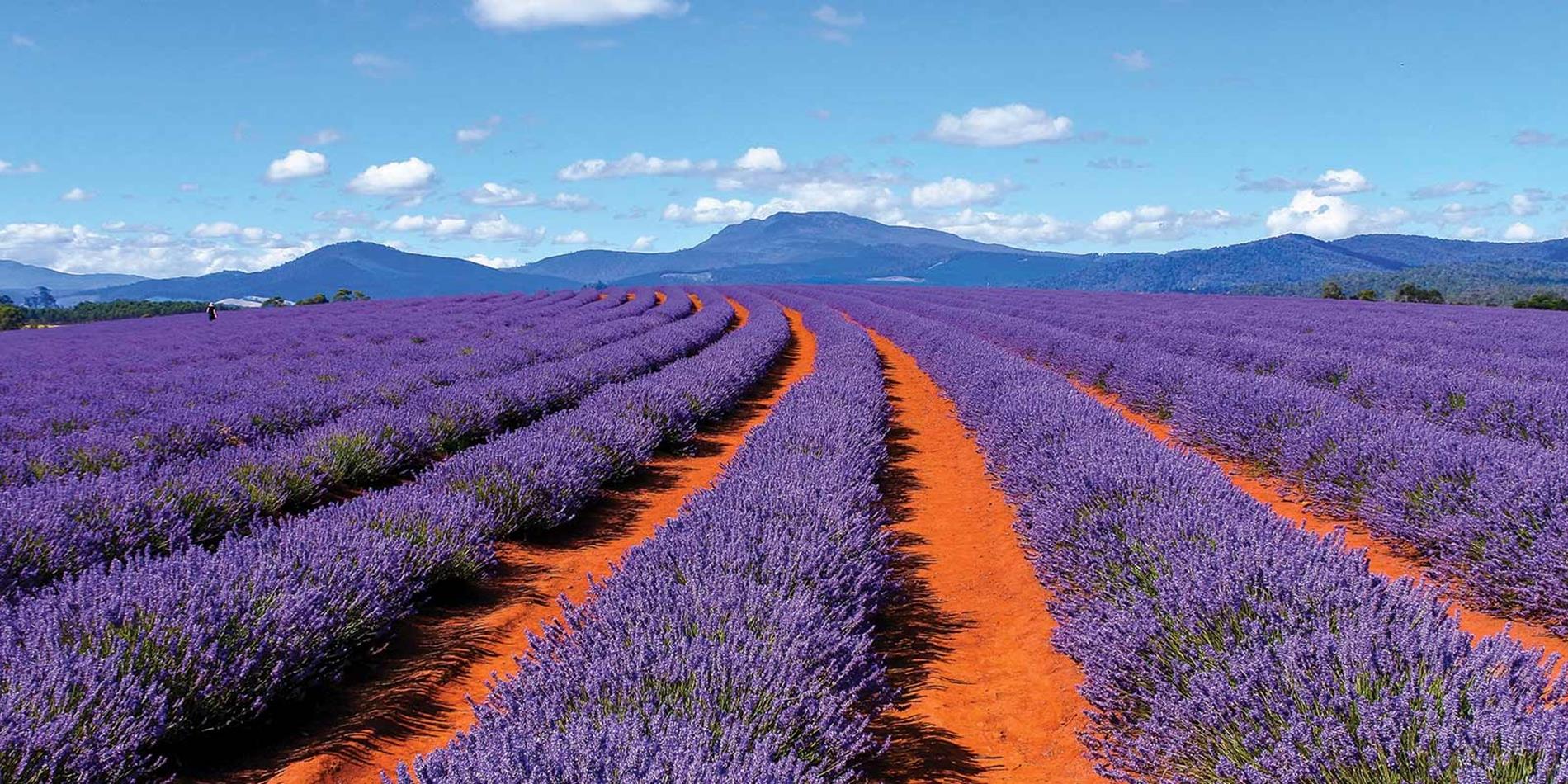
Launceston Return
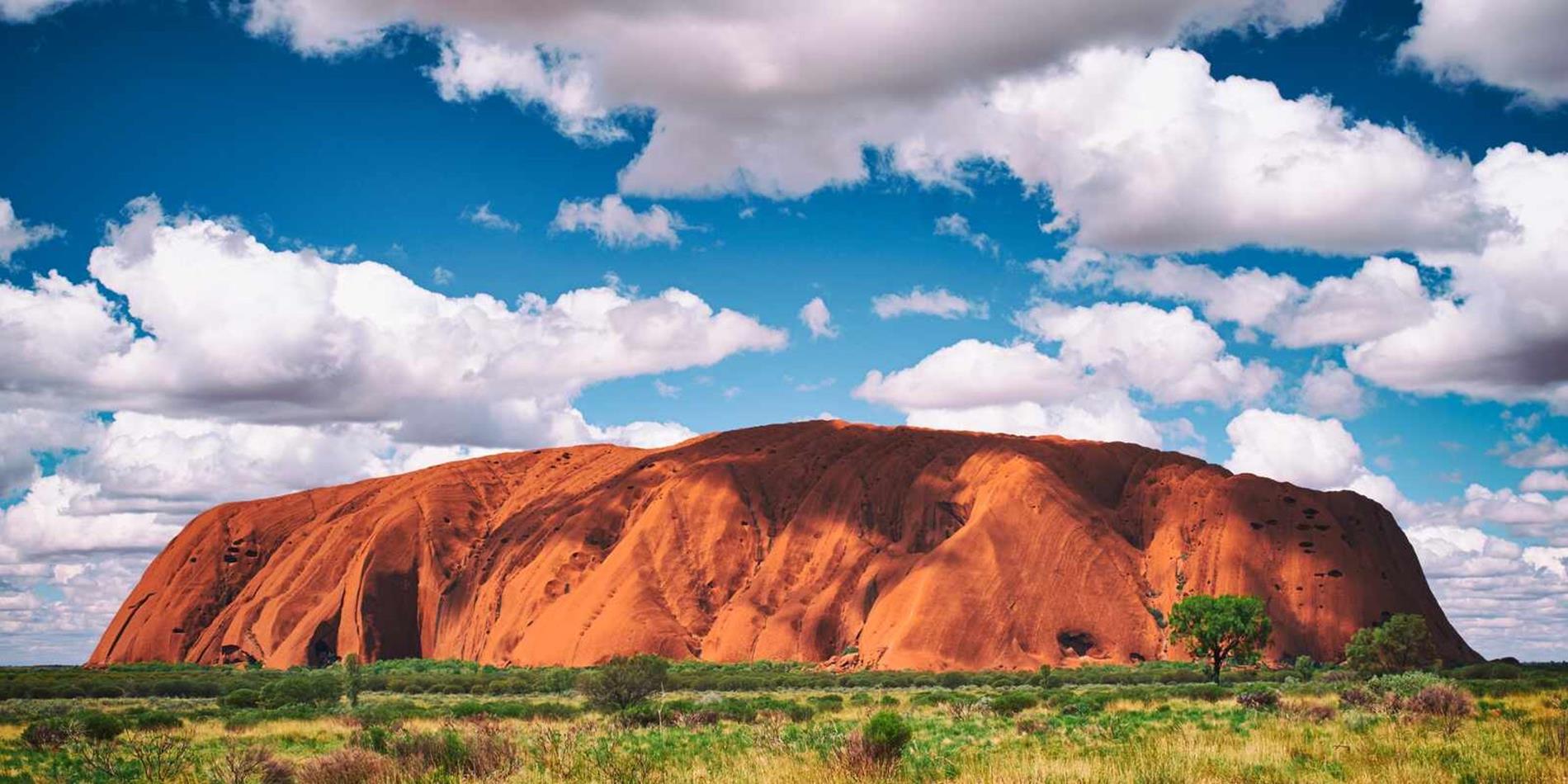
Alice Springs Return
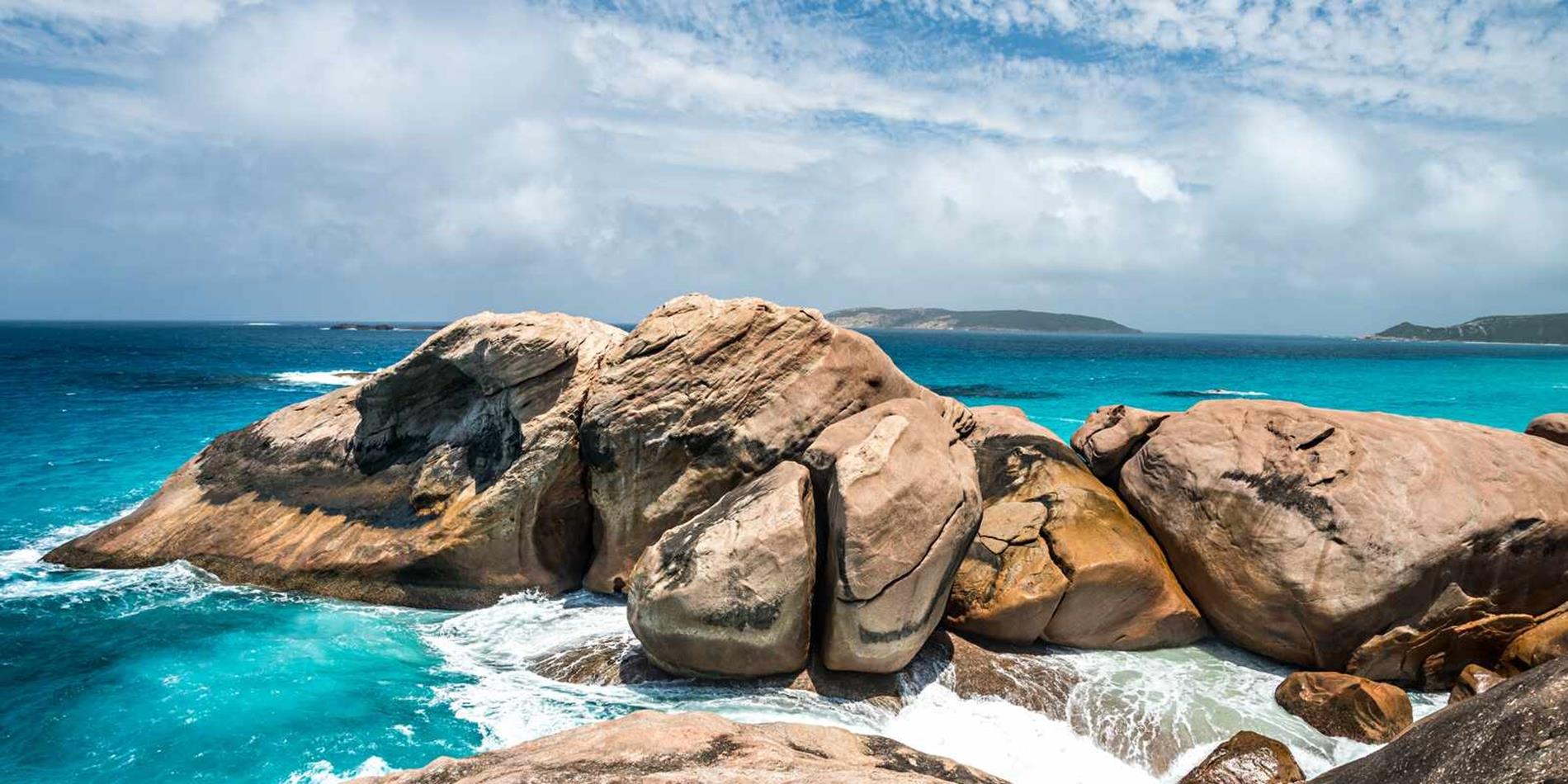
Perth Return

Launceston Return

Alice Springs Return

Perth Return